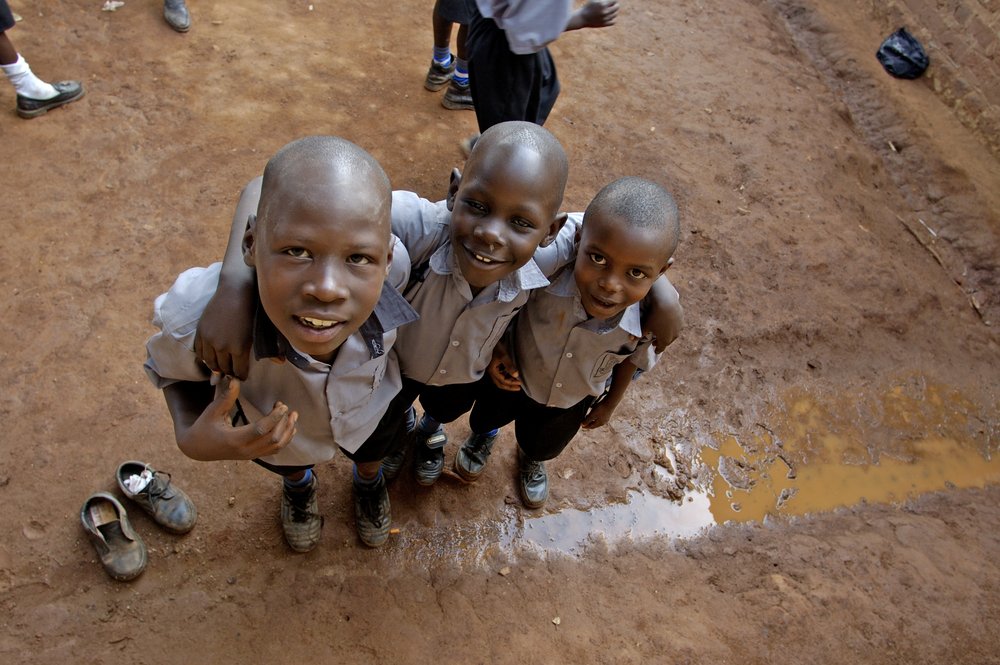SCA Therapy Hydroxyurea Doesn’t Boost Malaria Risk in Sub-Saharan Africa, Study Finds

Anjo Kan/Shutterstock
Hydroxyurea, a treatment recommended for children with sickle cell anemia (SCA), doesn’t increase the risk of malaria infection in sub-Saharan African countries where malaria is endemic, clearing up previous suspicions, a new study finds.
Sold under the brand names Hydrea (Bristol-Myers Squibb) or Droxia (Bristol-Myers Squibb), hydroxyurea had been previously associated with a reduction in the time to a child’s first malaria episode within the SCA population after treatment. This suggested that doctors should think twice before prescribing hydroxyurea in malaria-endemic regions.
Malaria is a serious disease spread by mosquitoes. Sub-Saharan Africa is also known for its high-rates of sickle cell anemia, with more than half of children with the disease dying by age 5.
The study, “Novel use Of Hydroxyurea in an African Region with Malaria (NOHARM): a trial for children with sickle cell anemia,” appeared online in Blood, a journal of the American Society of Hematology. It seems to clear up these previous suspicions, hopefully enabling more children to get treatment.
Because of these suspicions and the lack of data supporting hydroxyurea’s efficacy and safety in low-resource regions, the drug has not been widely prescribed in sub-Saharan Africa.
“Research has been unclear over whether the changes in immune response caused by hydroxyurea could increase the risk of malaria,” Dr. Chandy John, the study’s principal investigator, said in a press release. “Because hydroxyurea provides such positive outcomes for people in high-resource regions, we want to be sure that this drug is safe for children in low-resource, malaria-prone settings.”
The study is based on data collected by U.S. and Ugandan researchers in the Novel use Of Hydroxyurea in an African Region with Malaria (NOHARM) trial (NCT01976416).
NOHARM enrolled 208 children aged 1 to 4 and randomly assigned them to receive either hydroxyurea or placebo for one year. Children also received standard bed netting to protect their beds from mosquitoes, as well as anti-malaria medication.
Researchers found that neither treatment arms differed in terms of incidence or severity of malaria infection or other adverse events. Moreover, children receiving hydroxyurea had lower rates of pain crises and hospitalizations.
“Not only were we pleased to see that the overall incidence of malaria was low, but there was also no correlation between hydroxyurea treatment and the rate or severity of malaria,” added co-principal investigator Dr. Russell E. Ware of Cincinnati Children’s Hospital Medical Center. “Because the children prescribed hydroxyurea experienced significantly better outcomes without any increase in malaria risk, we are incredibly encouraged to further explore the drug’s use in sub-Saharan Africa.”






